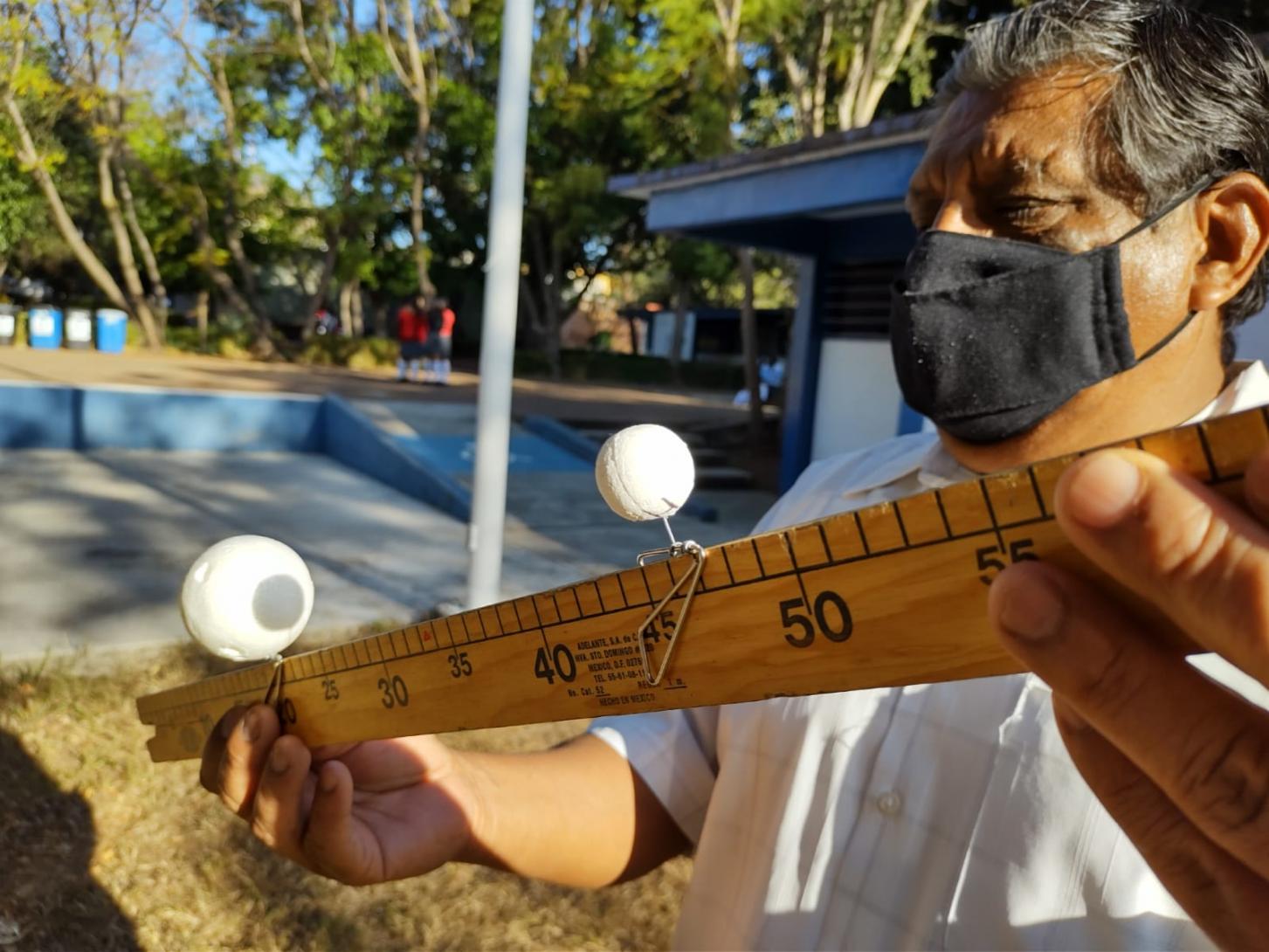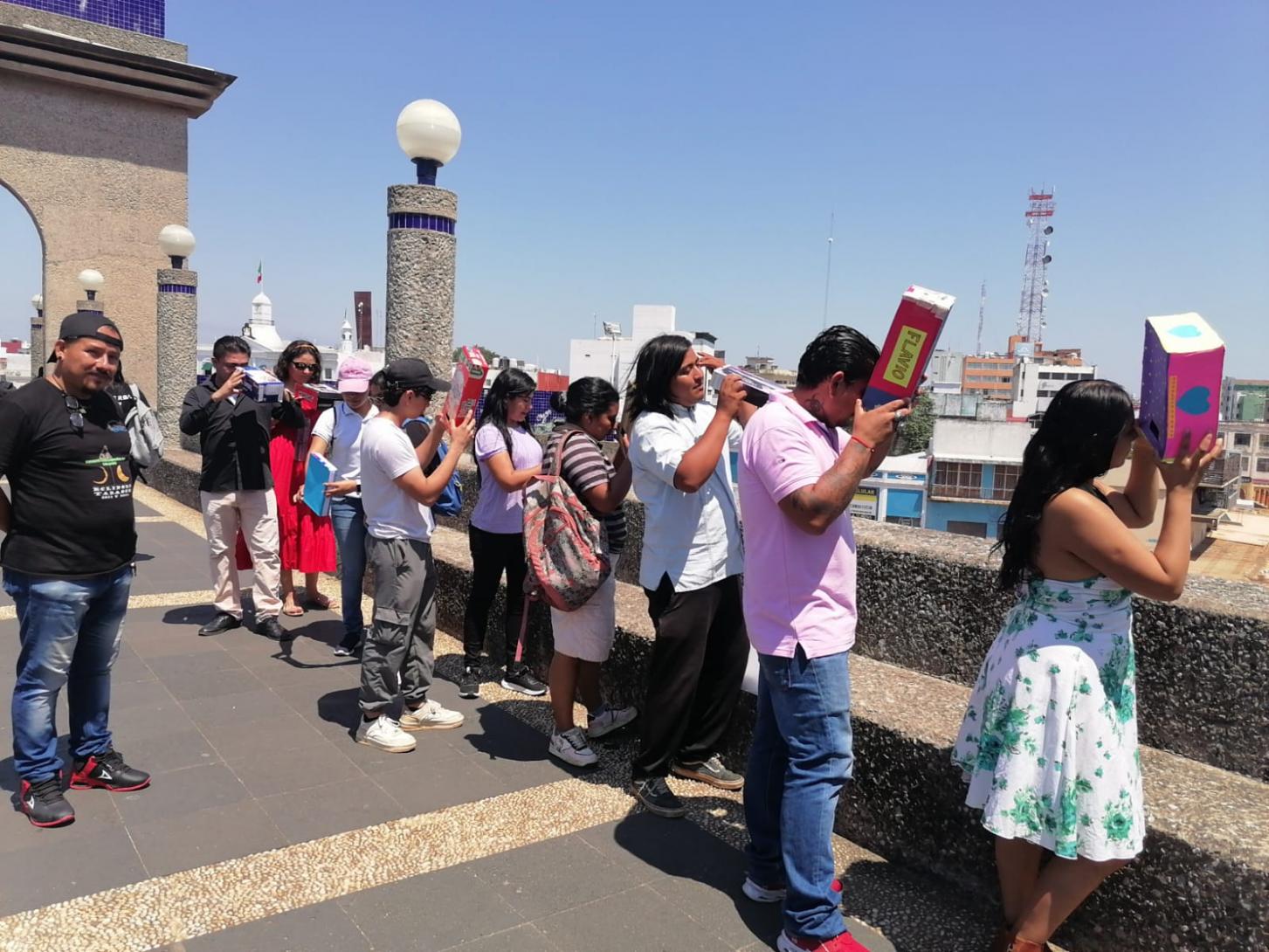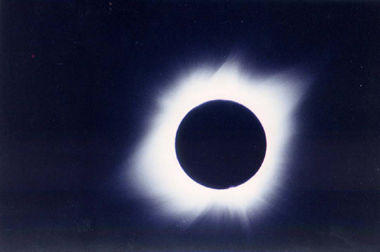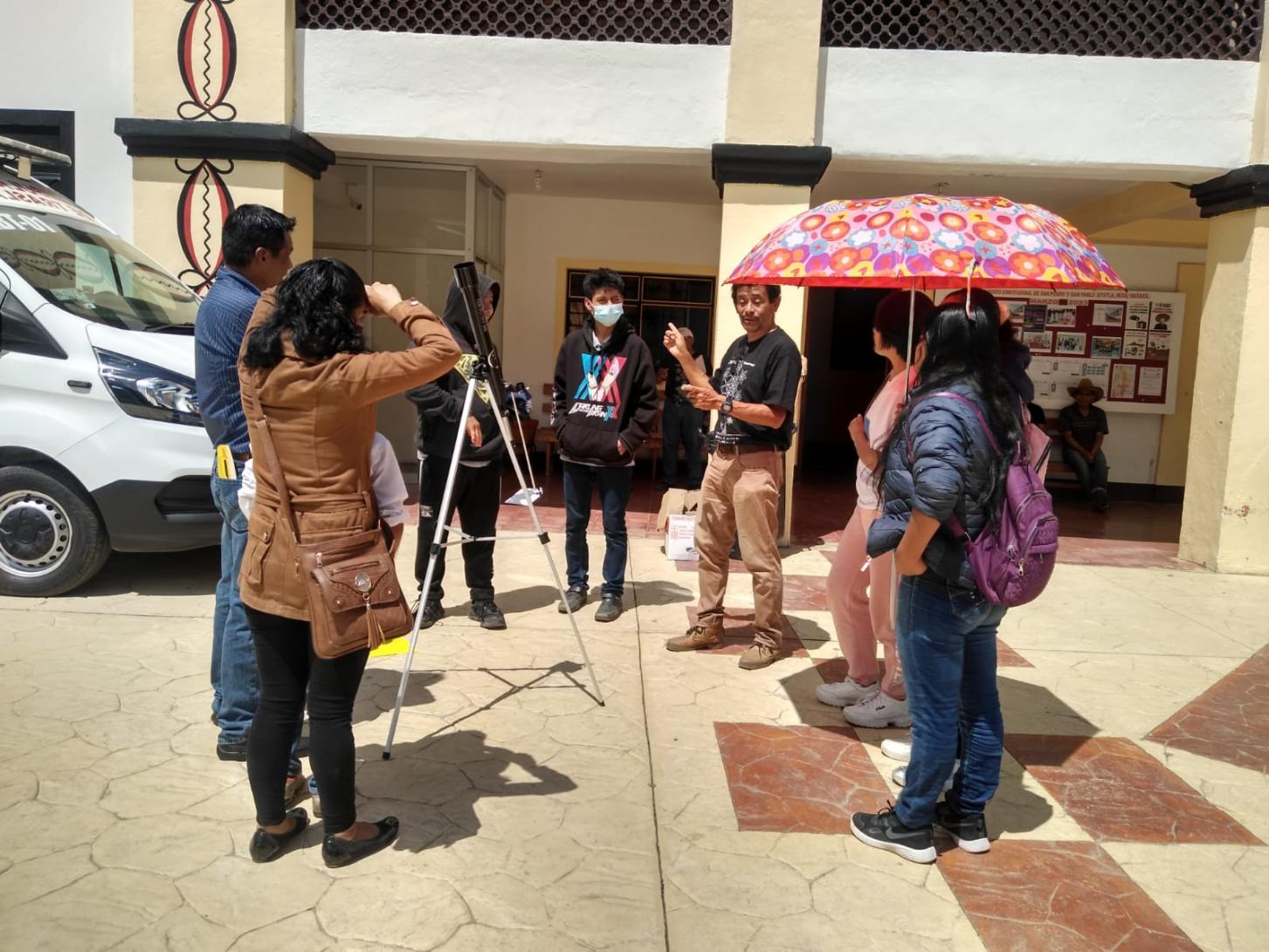Solar eclipses of 2023 and 2024 in Mexico
- On October 14, 2023 and April 8, 2024, two solar eclipses will occur, one annular and the other total that can be observed from our country. Another total eclipse cannot be observed in Mexico for another 28 years.
- Solar eclipses are spectacular astronomical events that can be enjoyed by following safety measures.
- The Mexico National Eclipse Committee, made up of educational and research institutions, groups of professional and amateur astronomers, and science communicators, provides information and coordinates various actions so that Mexico can enjoy eclipses safely.
Solar eclipses are very attractive and impressive astronomical events, which is why they have left their mark and created myths throughout human history.
From Mexican territory we will have the opportunity to observe two different types of solar eclipses. Both will be partially visible in almost the entire Republic, except in the areas of maximum concealment as detailed below. The first will occur on October 14, 2023 and will be an annular eclipse of the Sun in the southeastern region of the country. On April 8, 2024, there will be a total solar eclipse that will cross the northern part of the country, from Sinaloa to Coahuila. July 1991 was the last time a total solar eclipse could be observed in Mexico, so this will be a great opportunity to enjoy this spectacle of nature again. As already mentioned, in the rest of the country both eclipses will be seen as partial, so it is important to prepare the entire population so that they have the opportunity to appreciate them safely. The National Eclipse Committee of Mexico has as one of its objectives to provide accurate and timely information so that it is possible to enjoy the eclipses with complete safety. Currently, the committee is made up of the Institute of Astronomy (IA), the Institute of Radio Astronomy and Astrophysics (IRyA) and the National School of Higher Studies Unit Mérida (ENES) of the UNAM, the National Institute of Astrophysics, Optics and Electronics ( INAOE), The College of the Southern Border (ECOSUR), the Autonomous University of Sinaloa (UAS), the Autonomous University of Nuevo León (UANL), the National Network of Councils and State Organizations for Science and Technology, A.C., (REDNACECYT) , the Network of Planetariums of Quintana Roo, the Planetarium Torreón, Noche Estelar, the National Coordination of Education in Astronomy (NAEC) of the International Astronomical Union (IAU), the Night of the Stars (NdE) and Kosmos Scientific de México, with the support of groups of amateur astronomers and other civil society organizations.

One of the activities that the National Eclipse Committee of Mexico has been carrying out since last October are the training days for teaching staff for the observation of solar eclipses, aimed at teaching staff of all educational levels, in which Lectures given virtually by professional astronomers are included, as well as face-to-face workshops in which amateur astronomers teach them the strategies to observe eclipses safely. With these Conferences it is hoped to be able to impact a large part of the population in such a way that they have the necessary knowledge to enjoy these unique phenomena in the sky.

So far, Conferences have been held in 10 states of the country: Yucatán, Quintana Roo, Campeche, Veracruz, Morelos, Puebla, Tlaxcala, Oaxaca, Chiapas and Tabasco, training more than a thousand teachers. In several of these states, these Training Sessions are already being replicated locally, reaching even more teachers. This April another Day will be held in four other states: Michoacán, Jalisco, Querétaro and Guanajuato.

For the annular solar eclipse of 2023, some of the observation points in Yucatan will be: Maxcanú, Sisal, Tekak, Arcadio Poveda Planetarium and Yumtsil Ecological Park. In Quintana Roo, the Yook'ol Kaab planetariums in Chetumal, Ka'yok' in Cancun, Cha'an Ka'an in Cozumel, and Sayab in Playa del Carmen. In Campeche, the capital and some of the municipalities in the trajectory of the annularity. The complete list will be available soon on our official website and social networks.

Because the vast majority of people will not be able to travel to the zones of eclipse maximums, the zone of annularity, and the zone of totality, (where it is not cloudy and the Moon passes just in front of the Sun), the Committee is preparing the real-time transmission of eclipses from various points to follow their trajectory as the shadow of the Moon passes over the national territory.

Those interested in staying informed about these two astronomical events or participating in the activities that are being organized can contact us by email and follow us through our website and social networks:
www.eclipsesmexico.mx
Facebook, twitter and instagram: eclipsesmexico
eclipses2324@gmail.com
Eclipses Mexico 2023-2024
Mexico under the shadow of the Moon!
Luis Enrique Erro # 1, Tonantzintla, Puebla, México, Código Postal 72840, Tel: (222) 266.31.00, difusion@inaoep.mx
This work is licensed under a Creative Commons Attribution-NonCommercial-NoDerivs 2.5 Mexico License.


